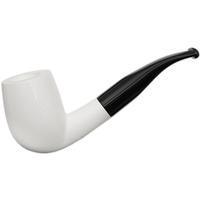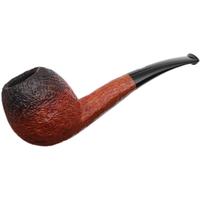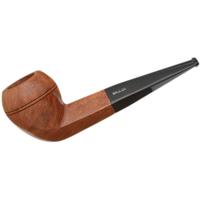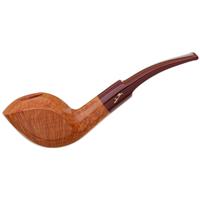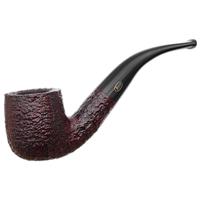I was reading the thread on the October Crawl with GL Pease and came across this paragraph by him.
When I was breaking it apart, I was flexing against the layers to break apart the larger pieces. For the smaller pieces I would compress in line with the layers to bulge them out and apart.
I have a sample of H&H Classic Kake which I have begum smoking. There were several large pieces that needed to be broken apart in order to consume. After I had broken up the medium and large pieces, carefully for the most part, I noticed a fair amount of very fine powder. Is this from my lack of experience, or maybe partially related to its manufacture?When ribbon cut tobacco is pressed into a block, and that block is sliced, the rubbed out slices will produce small particles of tobacco due to the fact that most of the ribbons are not likely to find themselves parallel to the blade when the slices are cut. In order to make a real flake, strips of the lamina, that part of the leaf that is not the midrib, are laid out flat in layers to make up the blend, then pressed into blocks. When these slices are rubbed out, the strands will be as long as the piece of the leaf from which they were cut. In fact, this is exactly how ribbon cut tobacco is made, but the blocks of leaf are not subjected to as much pressure, nor are they held for any length of time. These "cheeses" are cut and tumbled until they fall apart into strands. The larger the leaf pieces, and the more carefully they are layered, the longer the ribbons can be. In days of olde, ribbons tended to be longer because leaf was de-stemmed largely by hand. Today, a process called threshing separates the lamina from the rib, but it tends to leave the lamina in smaller pieces which results in shorter ribbons.
When I was breaking it apart, I was flexing against the layers to break apart the larger pieces. For the smaller pieces I would compress in line with the layers to bulge them out and apart.



